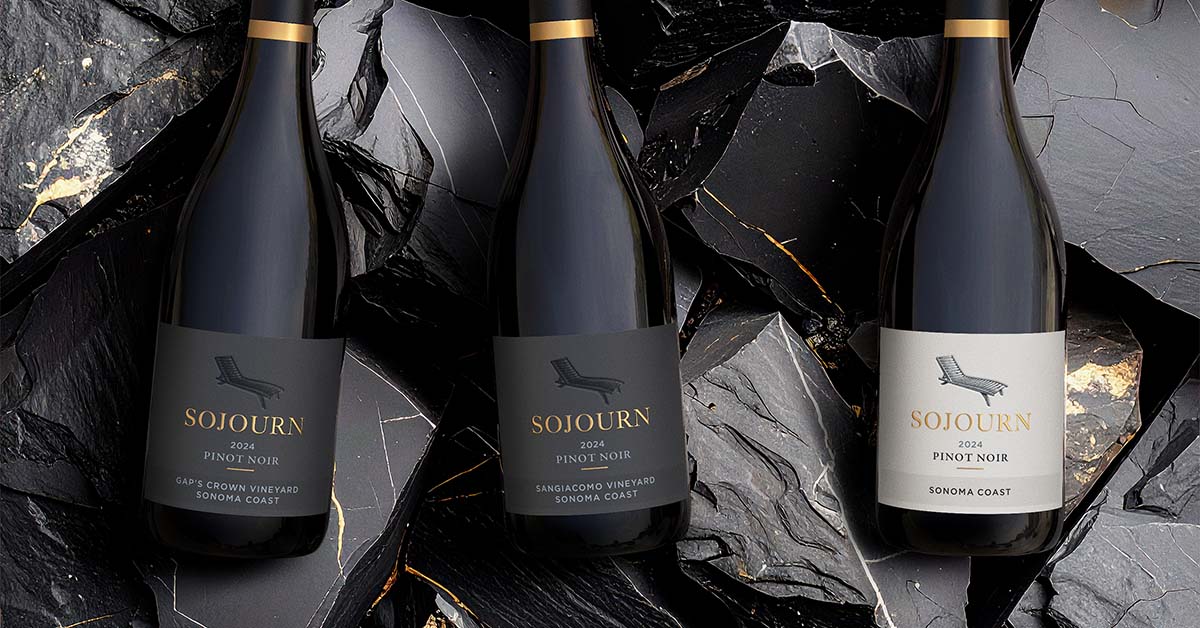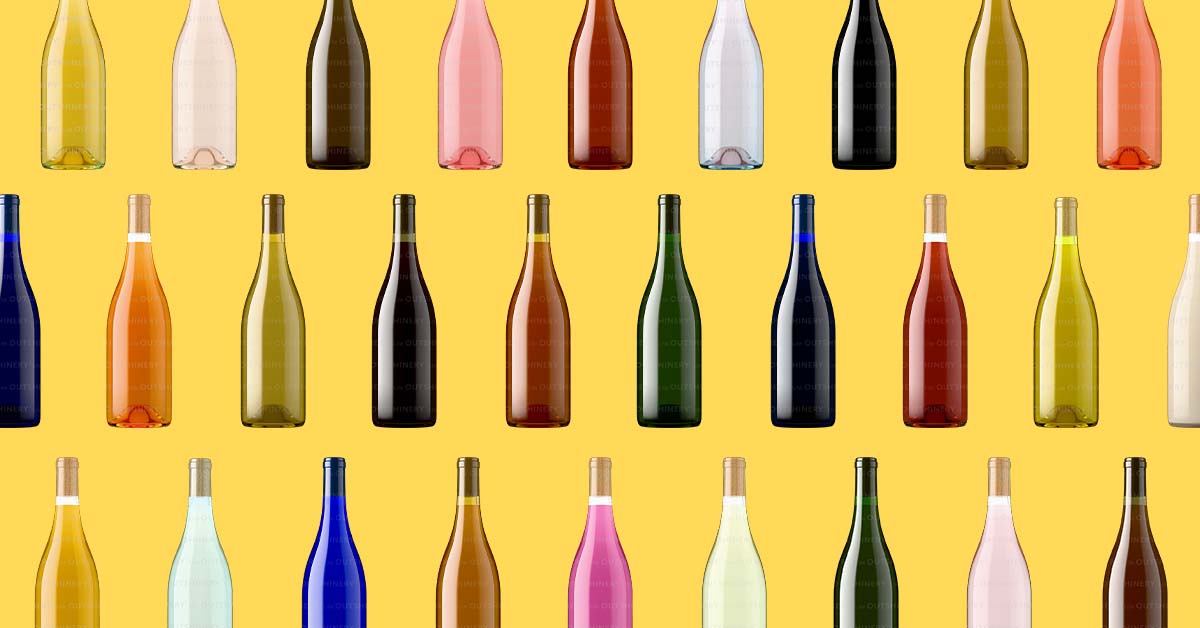8 best practices for creating effective advertising for wineries
It's time to give your customers a taste of something extraordinary — get ready to uplevel with these helpful tips.

With so much competition in the world of wine, it can be difficult to stand out. The good news is that with thoughtful design, effective copywriting, creative thinking, and leveraging digital marketing and active social media accounts, any winery or wine brand can create engaging ads for its products. From bold headlines to eye-catching visuals, this guide will walk you through 8 best practices for creating dynamic and successful wine ads that will attract even more customers.
Whether you’re just starting out in the world of advertising or looking to find new ways to make an impact on your audience — keep reading to learn how to create ads that boost wine sales.
Use high-quality images
83% of people shopping online say that images influence their buying decision more than any other factor. When creating an ad for wine, it is important to use high-quality pictures. High-quality images are crucial in social media advertising to attract the target audience.
The photo should be clear and free from any distractions. The focus of the image should be on the wine bottle, and the background should be simple and uncluttered. This includes standard Product Shots as well as Lifestyle Images and other assets.

Use bold colors
Wine ads should also use bold colors to attract attention. The colors should be eye-catching and complementary to the wine bottle. For example, if the wine is red, the ad can employ a light or bright background. This is also an opportunity to build brand consistency by choosing a palette that coordinates with your logo or label design. Help customers recognize your products by the overall look they convey. Bold colors can enhance wine advertising by making the ads more visually appealing, which can captivate wine lovers and increase sales.
Nail the copy
To create an impactful wine ad, it’s crucial to combine captivating visuals with persuasive copy. Your goal is to convince potential customers to choose your product by highlighting the unique aspects of your wine that align with their lifestyle. Avoid overwhelming them with technical details or extensive historical information. Instead, focus on demonstrating how your wine seamlessly integrates into their lives and the value it brings, just like any other product they consider. Complement your persuasive copy with enticing images, immersive 360 views, and engaging product videos to provide customers with compelling reasons to choose your wine. Persuasive copy is an essential part of an overall marketing strategy for wineries.

Use the right call to action for your target audience
A call to action (CTA) is a crucial component of any effective advertisement. It guides the reader on the necessary action to take after perusing the ad. For instance, a wine ad’s call to action could be “Discover more about our wines on our website” or “Visit our store today for exclusive offers on our exquisite selection of wines.” It is imperative to ensure that the CTA directs to a relevant page that fulfills the given prompt. Additionally, maintaining the page’s content with consistent images, text, and detailed product descriptions will enhance its value. A strong CTA can also enhance overall marketing efforts by guiding potential customers to take specific actions, thereby optimizing strategies like email marketing, brand positioning, and influencer collaborations.
Use simple text
A wine ad’s text should be effortlessly readable, with large and clear fonts that are visible even from a distance. The message should be concise and easily digestible, as lengthy ads are less likely to capture attention. Whether it’s online, in a magazine, or on a billboard, the ad should deliver the selling point at a glance, with instantly recognizable text that requires no effort to comprehend. Simple and clear text can be particularly effective in wine marketing campaigns by quickly conveying the message to the audience.
Employ relevant keywords for wine marketing
When crafting a wine advertisement, it’s crucial to employ pertinent keywords for both the reader and search engine optimization (SEO) purposes. Keywords are associated words or phrases linked with your product. Their judicious use guarantees visibility in search results when people search for wine. Moreover, relevant keywords play a vital role in attracting the ideal audience to the advertisement, enhancing its effectiveness. The use of relevant keywords is a crucial part of digital marketing strategies for wineries, enabling them to compete effectively, attract new customers, and foster meaningful connections with the audience.

Use testimonials in social media advertising
Testimonials, commonly referred to as “social proof,” offer a powerful means to promote wine through advertisements. These are quotes from delighted customers who vouch for the product’s excellence. By incorporating testimonials into a wine ad, you can effectively bolster sales by convincing potential customers of the wine’s undeniable value. Additionally, showcasing how others serve, pair, or gift your products can familiarize prospective buyers with your offerings. Incorporating testimonials into wine ads can also boost overall wine marketing efforts by providing social proof.
Enter design contests
Participating in contests like the Wine Business Monthly PACK Design Awards is an effective strategy for generating interest in your wines through targeted advertising. It presents a wonderful opportunity to spark conversations and create a buzz around your products. Notably, winning entries in the PACK Design Awards gain additional exposure, with featured appearances in the September and October 2023 issues of Wine Business Monthly magazine.
Additionally, participating in design contests can be part of broader marketing strategies, such as email marketing campaigns, influencer marketing strategies, and cross-marketing with other businesses through in-person events, to generate interest and buzz around your wine brand.
Best practices for creating effective wine advertisements for your wine business, in summary
Creating compelling wine advertisements doesn’t need to be a complex task. By adopting an adept combination of design and copywriting strategies, wineries and wine brands can position themselves for success in the saturated wine market.
Whether you’re looking to create simple storefront ads or reach out to customers through digital channels like social media, understanding the key best practices can help you get the most out of your campaigns and increase your ROI. As with any form of advertising, targeting your message to your desired audience is essential for making an impact — so keep that in mind when creating your next round of ads!
Additionally, incorporating email marketing can significantly enhance audience engagement, sales, and brand loyalty. Strategies such as promoting exclusive events, personalized recommendations, and seasonal offers can keep your audience connected. Special wine pairings, especially through collaborations with restaurants, can provide customers with a unique and enjoyable experience, attracting new customers and boosting your brand's appeal.
Key takeaways
- Utilize high-quality images that effectively showcase your wine bottles
- To maintain brand consistency, employ bold colors that not only catch the eye but also complement the wine bottle to be more appealing and reinforce your brand identity
- Create an ad that is straightforward, effortlessly readable, and concise
- Make sure the ad has a compelling call-to-action (CTA) that guides users to a dedicated page with detailed and current product information.
- Use customer testimonials to increase sales and build trust in your products
- Craft persuasive copy that highlights how the product fits into people’s lives
- Employ relevant keywords for search engine optimization (SEO)
- Enter contests to generate interest in your wines and get them featured in magazines










































